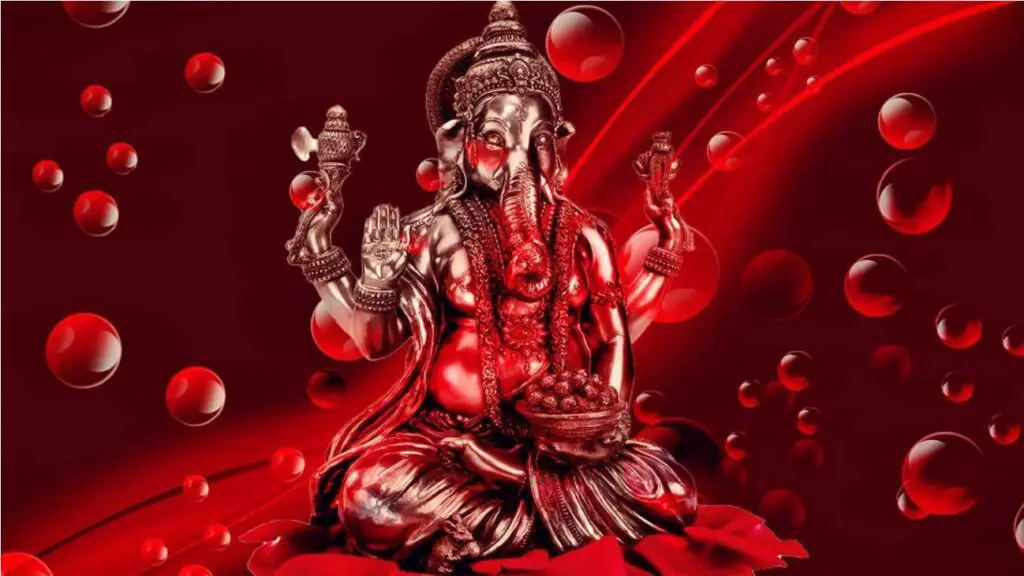Clever Ganesha and Narada’s mango – Indian mythology
Ganesha, Kartikeya and Narada Once, Narada took a mango to Lord Shiva and Parvati where the two sons of Lord were also present. He presented the mango to Parvati and said that this mango is special and requested her to accept the mango. Parvati intended to distribute the fruit between her two sons, Ganesha and Kartikeya equally, but sage […]
